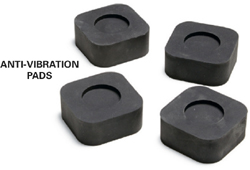
Appliance hum
Washers and dryers transfer vibrations to floors and telegraph noise throughout the house. The solution is to set their feet on rubber anti-vibration pads (available at some home centers and online).
Houses make sounds. Some of them are tough to diagnose or cure. But others are surprisingly easy to silence. Here are some simple solutions.

Washers and dryers transfer vibrations to floors and telegraph noise throughout the house. The solution is to set their feet on rubber anti-vibration pads (available at some home centers and online).
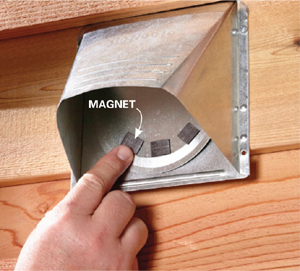
When the wind blows just right, the damper on a dryer or exhaust fan vent can slam open and closed. Add some weight to the damper to resist the wind. On a steel damper, stick on a magnet or two. Then run the fan or dryer to make sure the damper still opens. Add or remove magnets as needed. On a plastic or aluminum damper, use glue and steel washers. Note: Don’t try this fix on gas dryer vents; too much weight could keep the damper closed and prevent dangerous exhaust gases from exiting the house.
Voice of experience
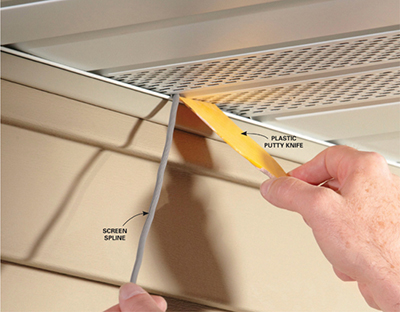
The metal soffit panels under overhangs fit loosely into channels. And when the wind blows, they can make a racket. After installing metal soffit on dozens of homes, I finally found a solution to soffit clatter: Pick up some screen spline (used with window screens) at a home center. Stuff the spline into the channels and the clatter will stop.

Mark Peterson, contractor and The Family Handyman Contributing Editor
The check valve above a sump pump prevents water from flowing back into the house. It also makes a huge thump when it slams shut. The solution is a check valve that’s designed to close quietly (available at some home centers and online). Installation is usually easy; just loosen and retighten a couple clamps.
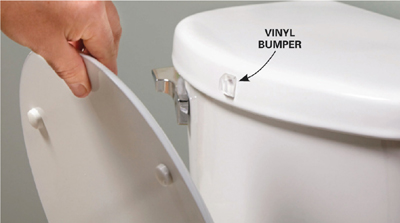
A soft-close toilet seat (available at home centers) solves the slam-down problem. To prevent the seat from slamming up against the tank, stick a clear cabinet door bumper to the tank lid.
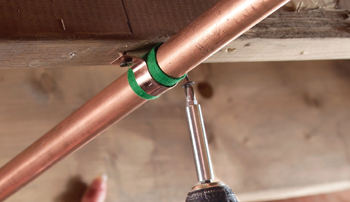
Pipes expand and contract as they heat up and cool down. That can mean ticks, creaks or groans as they slide against wood and the straps that secure them. One solution is to remove straps and wrap the pipe with felt before reinstalling the strap.
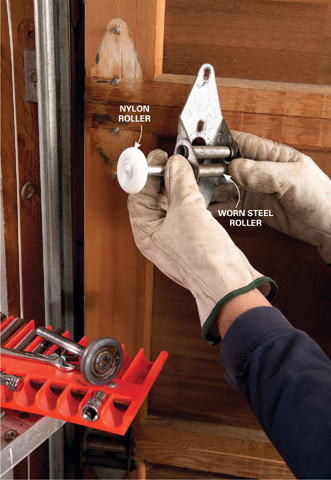
Nylon rollers are a whole lot quieter than metal rollers. You can buy them online or at garage door suppliers. Install them one at a time, removing each hinge, slipping the new roller into the hinge and then refastening the hinge before moving on to the next hinge. Be sure to unplug the garage door opener while you work.